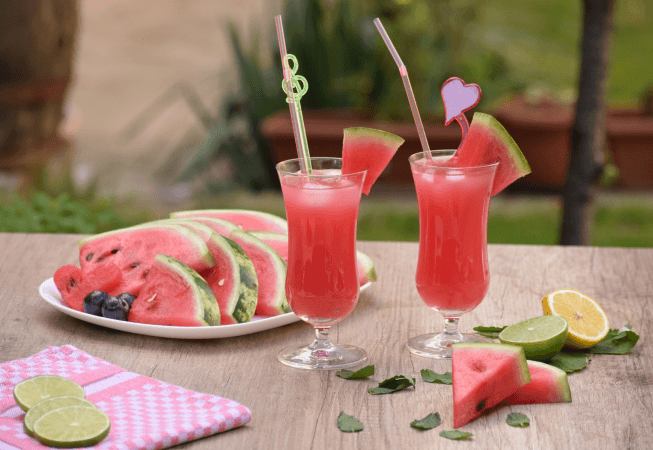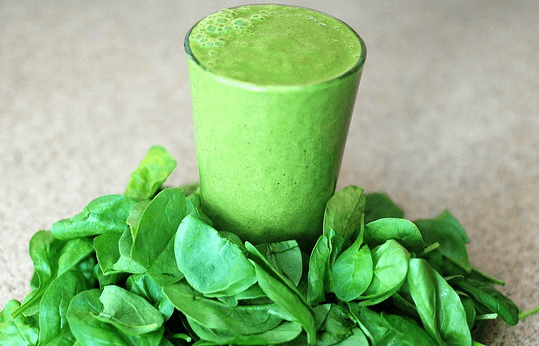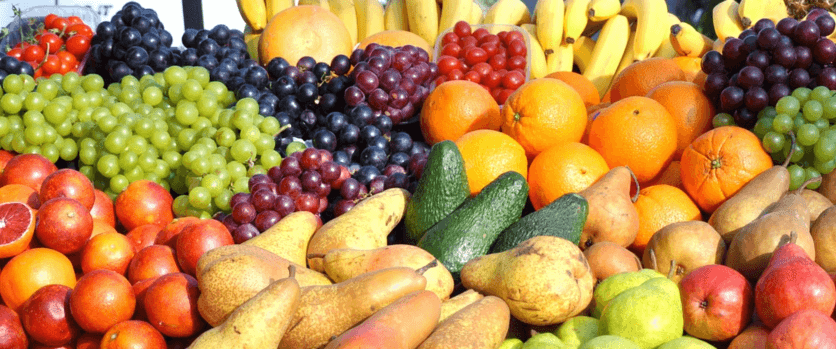Juicing Vs Blending, which is better for optimum health? Throughout this article we are going to compare the difference.
The best part?
You will have more confidence in knowing if you are doing the best thing for your body and your goals.
That’s not all…
You will learn how they affect the body and the positives and not so positives of each.

The juicing vs blending debate has going been for a while now. Individuals new to juicing often wonder, would it be OK to blend fruits and vegetables during a juice fast? Well, if you are dealing with a similar conundrum, this article is meant for you.
We’ll also discuss why you would typically prefer one over the other and what it means for you nutritionally.
Juicing Vs Blending
The main difference between juicing vs blending majorly comes in with what is left out of both processes. Juicing is all the rage right now in most markets across the globe.
People seem to be more conscious about their dietary choices than ever before, but is there enough information about the methods and the results?
I cannot confidently confirm this. However, what I can make clear for now what is the difference between juicing vs blending fruits and vegetable produce.
What Is A Juice?
Juicing essentially entails removing all soluble fiber and pulp material and extracting the liquid component of the fruit and vegetable produce.
What Is A Smoothie?
Blending on the other hand shreds up all the fiber, meaning you get it all; all the juice and the pulp in one viscous formulation also known as a smoothie. So, let’s look at the differences in juicing vs blending.
The Differences Between Juicing Vs Blending
Juicing And Digestion
The whole point of juicing is to put your digestive tract at rest while at the same time maximizing nutrient absorption. Juicing using either a cold press juicer otherwise known as a masticating juicer or centrifugal juicers.
Which ensures that all the fibrous material is filtered out leaving you with pure juice. The juice is laden with nutrients and minerals that may vary in concentration depending on the type of juicer used.

Blending And Digestion
Upon consumption, the said nutrients get absorbed directly into the body with absolutely no digestion taking place. Blending on the other hand results in a thicker consistency fluid thanks to the presence of fiber material.
As you might be aware, blenders work by chopping up produce using blades that spin at ultra-high speeds. There is no filtration of any sort. Upon consumption, the “smoothie” will require some digestion.
Your Sugar Levels
Sugar intake is a major factor in both juicing vs blending. This is the case, especially where fruits are involved. Juices and smoothies are associated with a rise in blood sugar levels.
However, the effects are more profound and dramatic with juice. This is because, as mentioned there is no digestion or anything of the sort and pretty much everything you drink goes straight into circulation.
The thing about juicing is that it would take quite some amount before you get the feeling of satiety.
This can be attributed to the absence of pulp which goes a long way in filling you up. With blending, there’s only so much you can drink before you get full. This means that the sugar levels are unlikely to spike by a noticeable margin.
Blending fruits and vegetable produce creates a slow and balanced release of nutrients into the bloodstream which prevents irregular blood sugar spikes and dips.

Antioxidants, Minerals and Nutrient Concentration
The dogma behind juicing focuses on the extraction of as many vitamins, nutrients and minerals as possible without denaturing or damaging them.
While juicing largely makes this possible, recent studies have indicated that a decent proportion of these phytonutrients as vitamins also reside in the pulp. That aside, most nutrients and minerals are known to be quite reactive with air, that is, they oxidize rather quickly.
Oxidation negatively impacts the overall taste of the juice/smoothie and also its nutritional properties. Juicing to a large extent prevents this keeping most of the nutrients intact.
Blending, on the other hand, sucks in quite an amount of air ,which explains why your smoothies always seem foamy. Some vitamins such as A, C, and some B complexes degrade fast in such conditions.
Fruit and Vegetable Combinations
Juicers can handle pretty much anything you throw in provided there’s an elaborate pulp ejection mechanism. Regardless, the results are almost always the same, a fiber-free juice that is ready to go. This works with most fruit and veggie combinations.
Blenders, however, require some attention in the sense that throwing in too much fibrous produce will produce a thick consistency result and in some occasions, your blender may jam. Carrots, apples, beetroots and other fiber-heavy combinations don’t seem to bother juicers much as is the case with blenders.

Juicing Vs Blending, Which Is Better?
The juicing vs blending debate can be quite hard to settle as each offers its merits. When it comes to juicing, the benefits include:
Juicing Benefits
- You are getting a higher concentration of vitamins and nutrients per fluid ounce of juice which increases your fruit and veggie consumption.
- Juicing is quite effective for weight loss programs and detoxification. The absence of any digestible material means your body can focus on eliminating toxins and healing naturally. Juicing has been known to help with conditions such as liver disorders, irritable bowel syndrome and general fatigue.
There’s also a downside to juicing,
- Your body is missing out on important fiber which helps to maintain normal sugar levels and in some cases may contain the mother load of nutrients.
- Juicing is expensive in the sense that you’ll be throwing away the pulp and instead keeping only the juice.
Blending Benefits
Blending at the same time packs some merits and isn’t to be overlooked. Take a look below;
- Blending breaks apart the fiber contained in fruits and vegetables making it easier to digest. This also helps to create a slow, controlled release of sugar into the bloodstream.
- Blending allows you to get the best of both raw nutrients and fiber. You not only get to take in the nutritious juice you also fill up quickly.
- You can throw in some protein supplements in your smoothie, which isn’t allowed in juicing.
Generally, juicing for weight loss is by far more effective compared to drinking smoothies for weight loss. You should, however, pay keen attention to how much sugar you’re taking in in both cases.
So whether you settle for a Juicer or the Nutribullet, the great thing is that you are feeding your body natural produce.
Choose one depending on your specific goals. The whole juicing vs blending question will depend on what you’re trying to achieve.
I personally enjoy juicing as a supplement to my diet. This enable me to get enough greens and other vegetables into my diet easily, without feeling full.
References
https://www.foodmatters.com/article/juicing-vs-blending-which-one-is-better
https://www.rebootwithjoe.com/juicing-vs-blending/
https://juicing-for-health.com/juicing-vs-blending
https://www.healthline.com/health/food-nutrition/juicing-vs-blending#1
